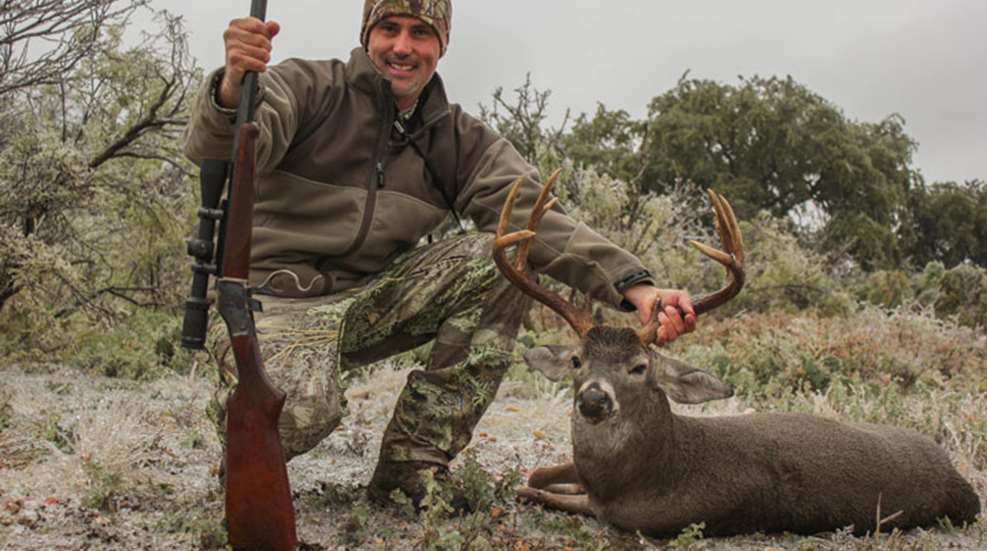
Decades ago, sage gun writers announced to the hunting public there were no remaining power gaps in the contemporary cartridge lineup. From the rimfire .17s to the .500-inch-plus mega-bores, there wasn’t a beast on planet earth for which the ideal hunting cartridge had not been invented. And, for a time, this assertion seemed true; new hunting cartridges like the .30 T/C, the various Winchester Super Short Magnums and the Remington Short Action Ultra Magnums came and went, but despite their impressive ballistics they never seemed to catch fire or command the attention of hunters.
Then came the 6.5 Creedmoor.
While it took a few years to reach its maximum upward trajectory, the 6.5 Creedmoor has become the juggernaut hunting round that has supplanted many long-admired hunting cartridges like the .270 Winchester, .25-06 Remington, and the 7mm Remington Magnum in terms of popularity and ammo consumption.
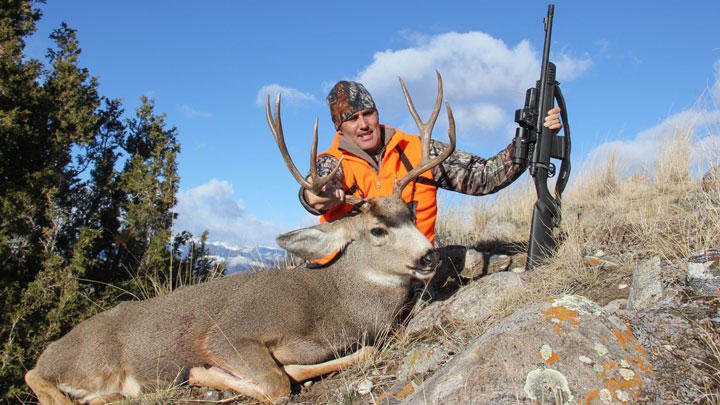
Since the 6.5 Creedmoor’s ascension to hunting cartridge stardom, a few other new rounds have really taken hold, including various Nosler offerings, and the recently-unveiled .300 and 6.5 PRCs. There has also been some renewed interest in cartridges that have been around for some time, including the Remington Ultra Magnums and the .280 Ackley Improved. What’s more, other new cartridges like Weatherby’s 6.5 RPM seem to be amassing a strong following, as well.
But the power gaps were supposedly all filled, so what happened? Long-range shooting, primarily. As competitions like PRS and NLS took hold, more shooters were invested in hitting targets at longer ranges, and that meant more interest in efficient cartridges capable of accurately propelling high-BC bullets to great distances. That interest in long-range bullet performance bled over into the hunting market, and these cartridges became instant sensations.
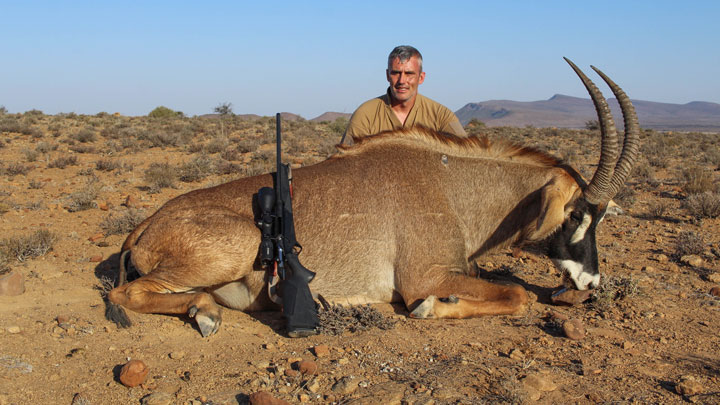
There’s nothing wrong with this impressive new class of hunting cartridges, and their world-beating ballistic performance is impossible to ignore. That doesn’t mean, however, that all your old favorite hunting cartridges are bound for obsolescence. Those older cartridges may be out of vogue at the moment, but that doesn’t mean they aren’t extremely effective on game. Here’s a look at the forgotten rounds that are still fantastic options for hunting. They might not be trending up, but they all put down game.
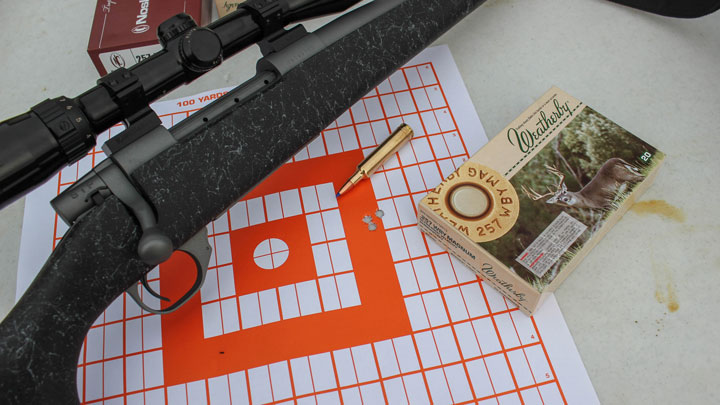
The .25s
Boy, have the .25s been abused. Not so long ago, great gun writers like Bob Milek were touting the effectiveness and efficiency of the .25-06 Remington, and Roy Weatherby even killed a cape buffalo with his beloved .257 Weatherby. What the .25s lack is a heavy, high-BC bullet bullet option. 6mm/.243s fire 108-grain bullets, and 6.5/.264 bullets are available in weights over 140 grains. The 110-grain .257-inch bullets can’t match the high-BC potential of those others, but at moderate ranges the .25s are excellent performers and produce mild recoil. I’ve found them to be accurate, and I’ve also witnessed plenty of game go down to the various .25s. I was tagging along on an aoudad hunt where a big ram was absolutely flattened by a .25-06 Rem. firing a 90-grain GMX bullet, and the .257 Wby. is a death ray for those who like to hunt pronghorn, deer and sheep.
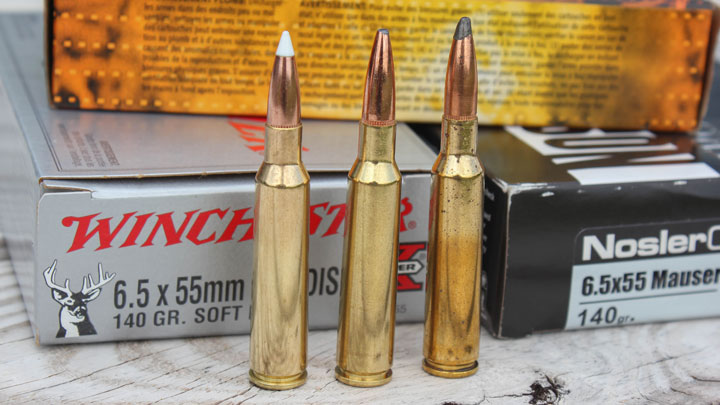
The Other 6.5s
In case you’re new to the hunting game, let me enlighten you: there were successful 6.5s long before the Creedmoor. The 6.5x55 Swede is a dedicated military cartridge that’s well over a century old, and it’s still considered good medicine for moose in Scandinavia. It’s also a mild-recoiling do-all hunting cartridge that’s suitable for most game at most ranges the average hunter ought to be shooting. The .264 Winchester Magnum suffered major setbacks following its release in 1959, including production rifle barrels that were too short (and, subsequently, velocities that were too low), as well as limited .264 bullet options. And while the .264 Win. Mag. doesn’t match up well against modern 6.5s, it’s still an effective option. And let’s not forget the .260 Remington, a favorite of benchrest shooters and big-game hunters alike that never got the credit it deserved.
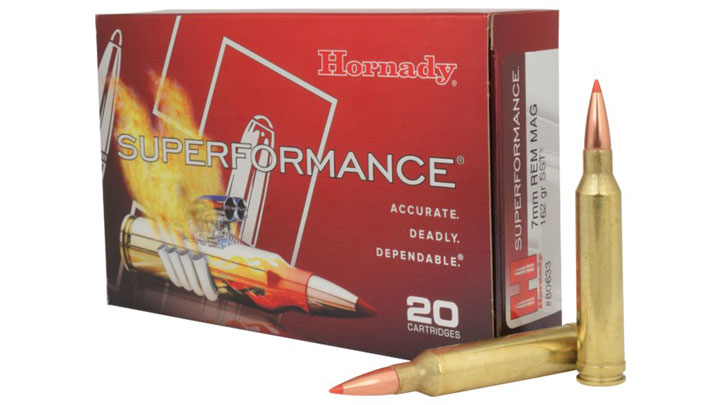
Belted Magnums
Once upon a time, belted magnums were all the rage, and American hunters thought high velocities and lots of powder solved any terminal-performance problem. General thinking about hunting-cartridge design has changed, and while the belted magnums aren’t without their blemishes (not very efficient, lots of recoil and muzzle blast, and heavier actions just for starters), they aren’t any less effective on game than they once were. The 7mm Rem. Mag. and the .338 Win. Mag. have lost some of their “it” factor, but none of their game-killing prowess, and I’ve seen a handful of belted-magnum rifles that were practically given away because the owner wanted something new. The .300 Win. Mag. has been spared, but I’m seeing more used belted magnum rifles going for lower prices in guns shops.
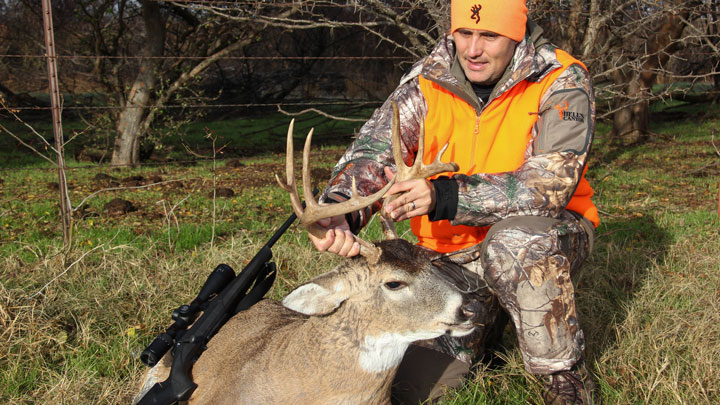
The .270 Winchester
The poor .270 Winchester. Jack O’Connor made it a star and ushered in a whole generation of .270 Win. fans, but in recent years, the .270 Win.’s glory has faded. That’s due in part to the fact that most .270 Win. rifles have rifle twists designed for firing 130-grain bullets, and 130-grain .277-inch bullets will never match the ballistics of a 143-grain 6.5mm bullet at similar velocities—bad news if you like to shoot steel at 1,000 yards. But way-out-there ballistic figures aside, the .270 Win. is a killer. It won’t win many long range-shooting competitions, but for deer, elk, black bear, antelope and most other North American game at ranges less than a quarter mile, it’s extremely effective, and there are a boatload of factory ammo options for hunters.

The Mild .30s
The .30-06 Springfield has taken a real beating in popularity, at least from a PR standpoint (ammo sales are still fairly strong). Though it’s not getting the press it once did, and no longer classifies as an untouchable wonder cartridge, the old ’06 is still a very versatile, effective big-game round on just about any game at reasonable distances. The .308 Winchester hasn’t fared as badly as the .30-06 Sprg., since the .308 Win. is available in AR-platform rifles, and is still popular among some long-range shooters. Nonetheless, it too has taken a hit as the 6.5 Creedmoor, and other rounds more efficient and more effective at longer ranges gnaw away at the .308 Win.’s popularity. But both the .308 Win. and the .30-06 Sprg. are superb hunting cartridges, and there are a myriad of factory-ammo and bullet options for both. The vast majority of hunters will never be in a situation where the .308 Win. or .30-06 Sprg. won’t perform perfectly well.
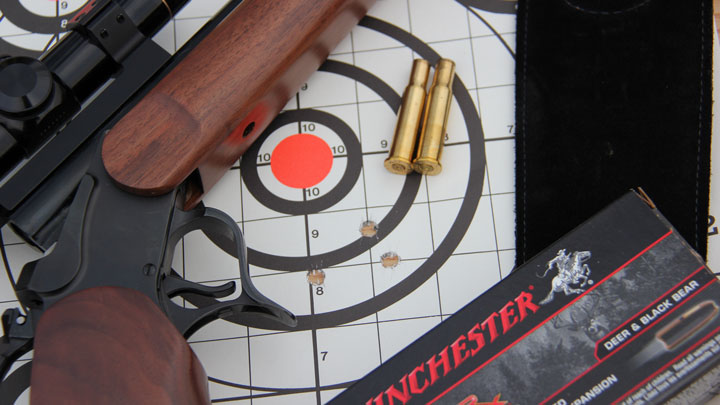
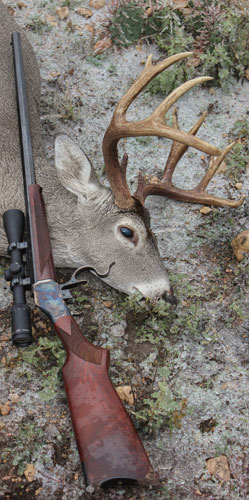
Blackpowder-Era Cartridges
Now we’re getting into the real fossils—the cartridges that debuted when black powder was still the propellant of choice, back in the days before Henry Ford invented his first motorcar. The .30-30 Winchester is perhaps the best-known of these old cartridges, and it’s telling to witness many new cartridges like the 350 Legend comparing their performance to the old thuty-thuty. Its rimmed profile is anything but modern, but the .30-30 Win. is still effective for deer-sized game out to a couple-hundred yards, and that covers the needs of a sizable portion of the hunting public. .30-30 Win. ammo still sells well, and that means it’s surviving without a lot of fanfare and press. Another beast of a cartridge from that bygone era is the .45-70 Government, a hard-hitting close-range cartridge that has seen a mild uptick in popularity thanks to state hunting regulations allowing the use of straight-wall cartridges for deer. It’s the anti-6.5 Creedmoor—a broad-shouldered cartridge that relies on broad shoulders and bullet weight in place of an aerodynamic profile and high velocity. Nevertheless, the old .45-70 Gov’t. knocks deer, elk and moose flat if you’re a skilled enough hunter to get close, and it’ll effectively dissuade a big bear that has dedicated itself to eating you.



































